WHALE WATCHING GUIDE – PART 1 OF 3
Useful information about whales and whale watching in Húsavík
All you need to know before going whale watching in Húsavík. Where to go, what to see, when to come?
All you need to know before going whale watching in Húsavík. Where to go, what to see, when to come?
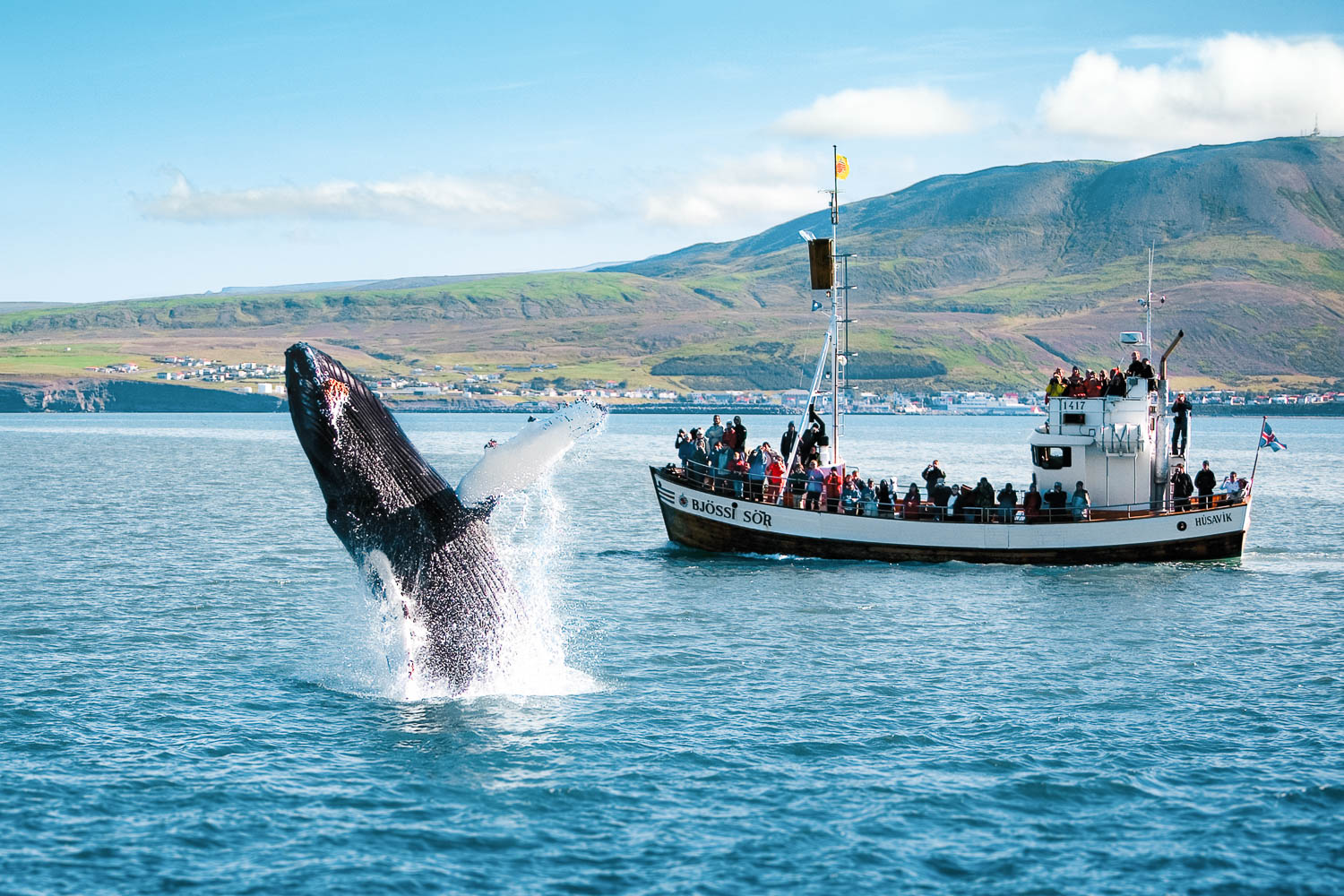
Cetaceans swim freely in all the oceans of the world but Húsavík is one of the few places where whales are seen with excellent regularity and offers fantastic conditions for great whale watching. Are you excited to see whales up close in their natural habitat? Continue reading our complete whale watching guide by North Sailing to know the best times to go, what to expect, and interesting facts about whales. We have put together a lot of useful information that can help you before booking your tour.
Húsavík is one of the greatest place in Europe to see whales in their natural habitat. Thanks to the thriving ecosystem in Skjálfandi Bay, this area is remarkably rich when it comes to wildlife. Exploring the Bay on a traditional wooden oak boat surrounded by whales and unspoiled nature is an incredible experience. You have a chance to encounter up to 11 different cetaceans species on our tours. Húsavík is simply an undisputed haven for wildlife.
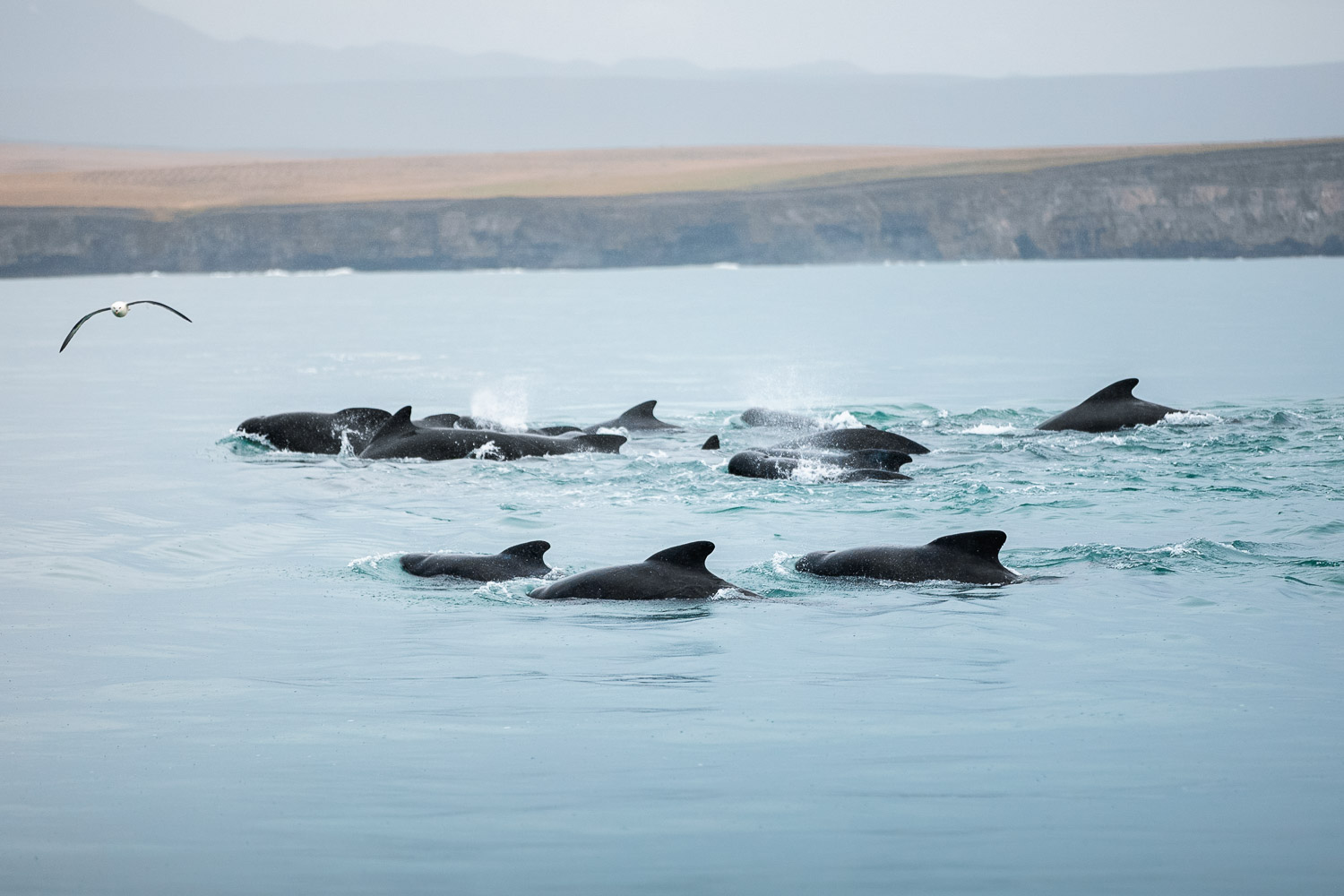
Before you hop on an authentic adventure, it is good to keep in mind that we are entering wild nature, and we don’t have any control over the whales and their behaviour. Every tour is unique, and the element of surprise makes it very exciting! To provide realistic expectations to spot whales, we have gathered data of sightings in Skjálfandi Bay from every tour since the beginning of whale watching in 1995 in Húsavík. The results are truly impressive, with a 97,33% success rate of overall sightings! It doesn’t come as a surprise that Húsavík is called the capital of whale watching in Iceland!
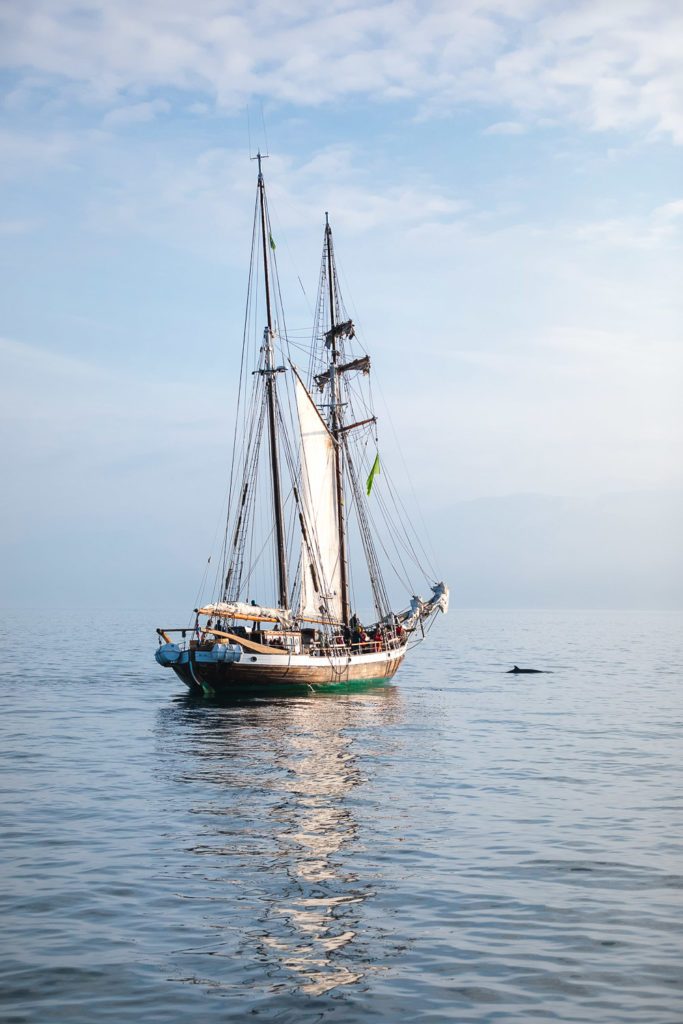
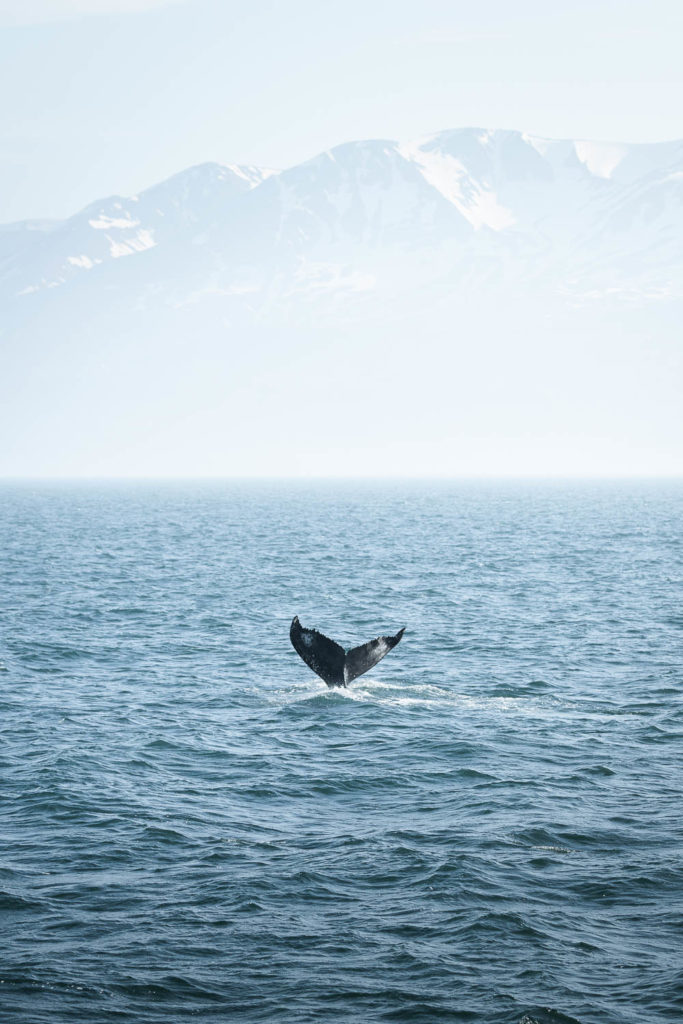
Whale watching is like a box of chocolates, and you never know what species will be roaming in the Skjálfandi Bay during your tour. Generally, entertaining humpback and minke whales are regularly observed feeding in the Skjálfandi Bay from March to November. You can expect to see them on the vast majority of our tours. We also can come across pods of white-beaked dolphins, pilot whales and harbour porpoises during the whale watching season. Even the majestic blue whale can be seen on an occasional tour during the spring or early summer.
Sightings of fin whales, killer whales (orcas), northern bottlenose whales, sperm whales, and several other species vary each year, but all of them are occasional visitors.
For more detailed info about sightings and the development of cetacean life in Skjálfandi Bay, see our logbooks!
List of whale species seen in Skjálfandi Bay:
When we started whale watching in the ’90s, the minke whale was the most common whale in Skjálfandi Bay. It has changed, and in the past ten years, the humpback whale stole the show and has become the star of the Bay and the most commonly spotted species! That’s great news for all enthusiastic whale watchers and nature lovers since humpback whales are known as the most acrobatic whale that has ever existed!
Indeed they often put on breathtaking shows such as breaching, lob-tailing or flipper slapping in Skjálfandi Bay. No wonder humpback whales are the crowd’s favourite and incredible whales to watch!
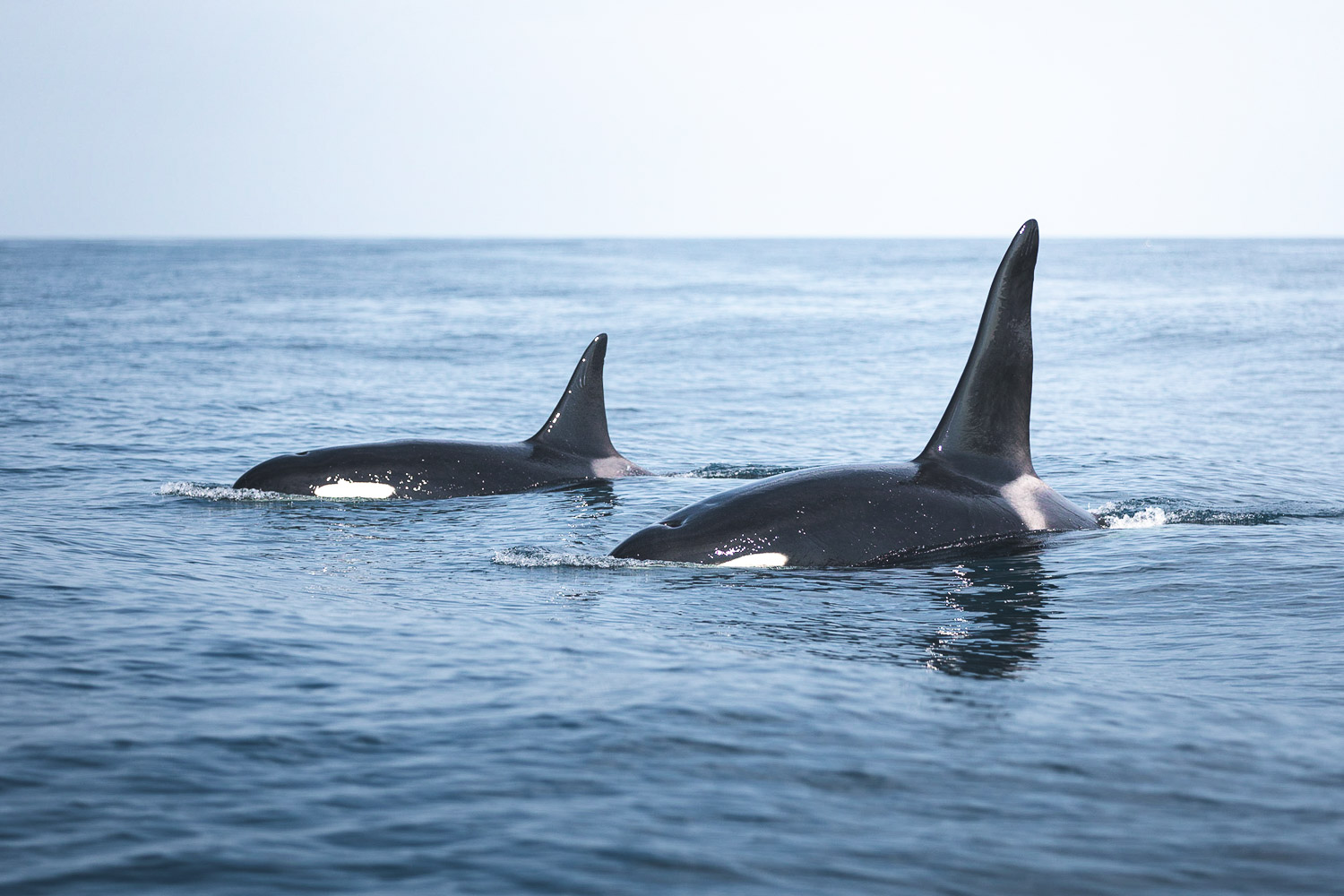
When sailing around Skjálfandi Bay, keep your eyes open for whales as well as other wildlife. There is a large diversity of offshore seabirds around Húsavík, such as northern gannets, fulmars, arctic terns and of course puffins! When sailing around the puffin island, Lundey, we guarantee you will see more puffins than you can count. These little birds are really entertaining! Especially young kids love these clowns of the sea for their clumsy manoeuvres. The puffins can also sometimes be seen out on the Bay on our whale watching tours during the breeding season.
Seals are quite common and can sometimes be spotted along the coast.
From time to time, we can even see seals as they swim in the harbour when boarding the boat.
Be on the lookout for the rich wildlife of Skjálfandi Bay from the very beginning of the tour!
While you have a great chance to see whales at any time of the year, the summer months are more reliable when we look at our statistics. The best time to encounter cetaceans in Húsavík is from March to November, with summer months from May to September recognized as the peak season. See our logbooks for detailed information on whale sightings!
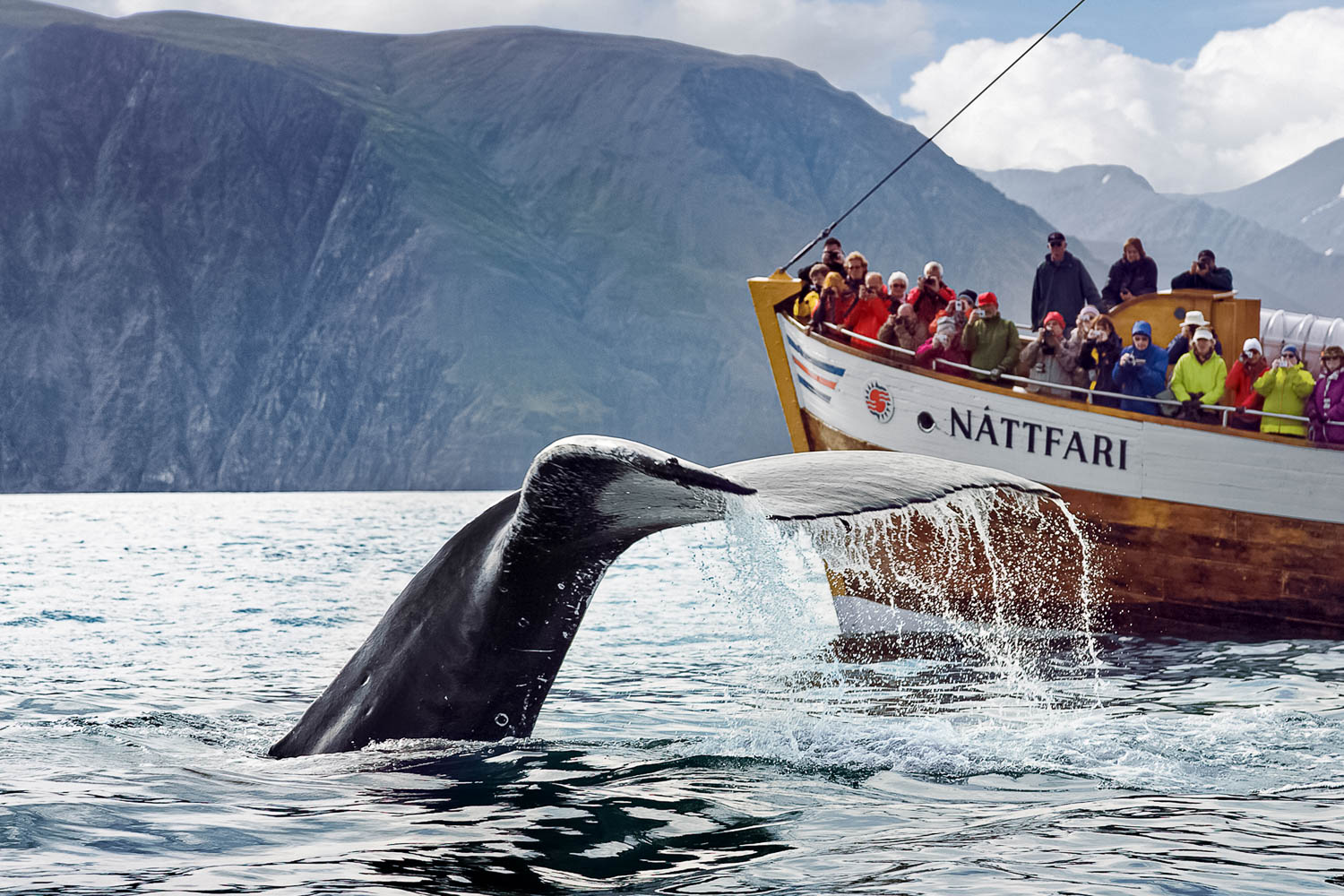
The simple answer would be all of them. There’s no “best” time of the day to go whale watching. Over almost three decades of whale watching, we haven’t discovered any specific time slot when whales would be more active than others. No matter if you are an early bird or night owl, you’ll always have a great chance of seeing whales and other marine wildlife.
Afternoon and evening tours are usually less busy, and you get a chance to see whales in a spectacular sunset.
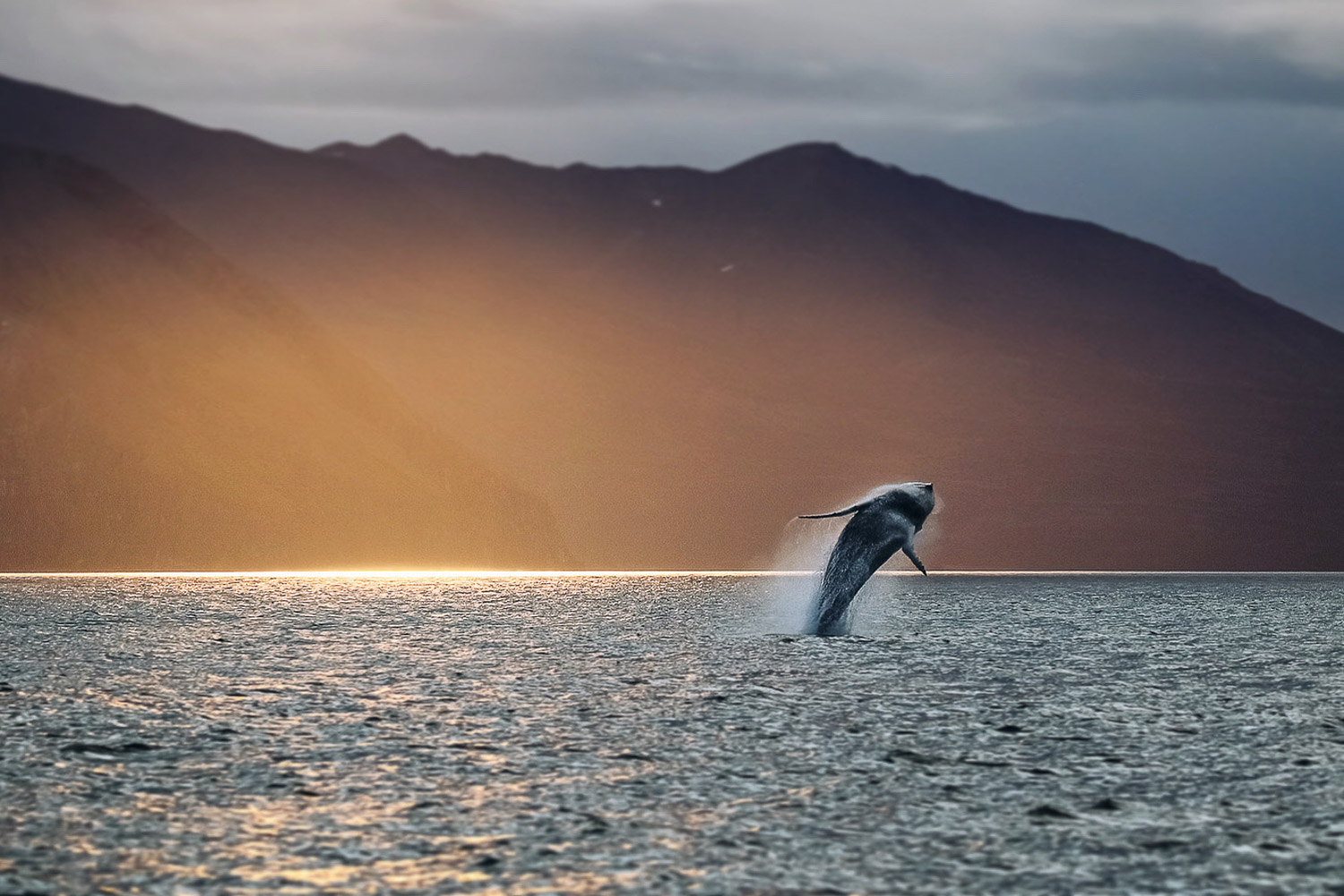
As you can see, Húsavík is a great place for whale watching with excellent sightings and a fantastic possibility to see different whale species and enjoy the arctic wildlife of Skjálfandi Bay. If you want to read more about how to prepare for your whale watching tour check out the next part of this whale watching guide. And if you are wondering how to make the most of your visit to Húsavík we got you covered in the last part of the guide here.